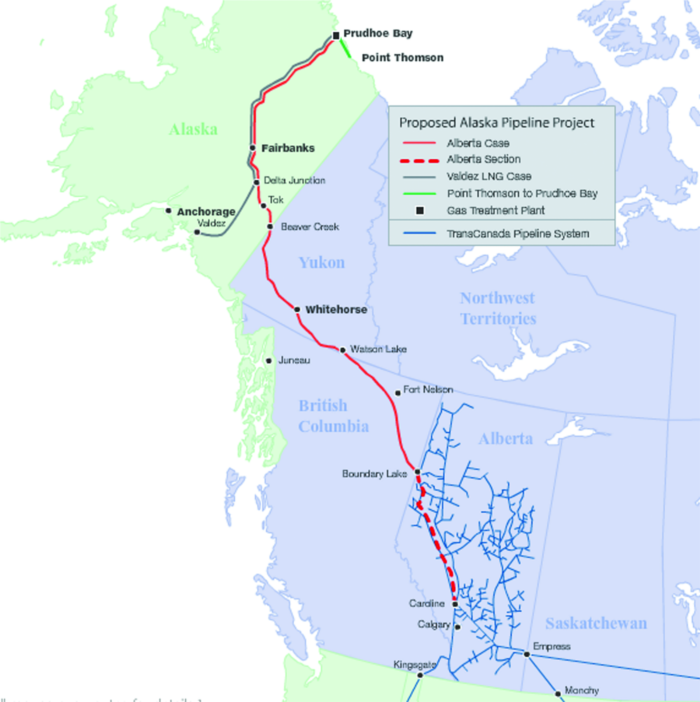March 2010 Vol. 237 No. 3
Projects
The Alaska Pipeline Project Files Open Season Plan With FERC

The Alaska Pipeline Project has filed its plan with the U.S. Federal Energy Regulatory Commission (FERC) to obtain approval to conduct the first natural gas pipeline open season to develop Alaska’s vast natural gas resources.
The project is a joint effort between TransCanada Corporation and ExxonMobil to develop a natural gas pipeline under the Alaska Gasline Inducement Act (AGIA).
“The open season plan filing is an important step in the development of Alaska natural gas resources and we have worked diligently to advance the project,” said Hal Kvisle, TransCanada president/CEO. “This significant milestone demonstrates that we are meeting the AGIA commitments on schedule and in line with the required process, effectively aligning the interests of the State of Alaska, the project, shippers and other interested parties.”
The open season plan is posted and can be reviewed on the FERC and Alaska Pipeline Project websites, and members of the public were able provide comment through the month of February. If FERC approves the plan, the Alaska Pipeline Project will finalize its open season offering and provide it to potential shippers at the end of April for their assessment during the 90-day period through July 2010.
During the open season, the Alaska Pipeline Project will provide information about its terms and conditions to potential natural gas shippers, allowing them to assess their interest in making long-term commitments to reserve capacity on the pipeline.
The open season process initiated with FERC applies to the portion of the project in the United States. A separate but coordinated open season for the Canadian portion of the project will be conducted concurrently with the U.S. open season.
Two options will be submitted for shipper assessment in the Alaska Pipeline Project open season. The first option is a pipeline from Alaska’s North Slope to Alberta, Canada a distance of 1,700 miles where the gas can be delivered on existing pipeline systems serving major North American markets. The second option would transport natural gas from the North Slope to Valdez, Alaska, a distance of 800 miles where it would be converted to LNG in a facility to be built by others and then delivered by ship to North American and international markets.
Both options would provide opportunities for Alaska communities to acquire natural gas from the pipeline via strategically located off-take connections.
Components of both options include a gas treatment plant (GTP) and Point Thomson natural gas transmission pipeline. The GTP would be built next to the North Slope’s Prudhoe Bay facilities to treat the gas so it can be shipped on the pipeline. A 58-mile pipeline would connect the natural gas supplies of the Point Thomson field to the plant and pipeline.
The results of the open season will determine the preferred development option.





Comments